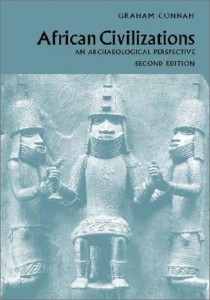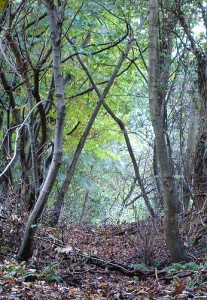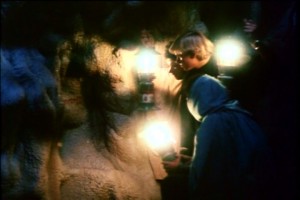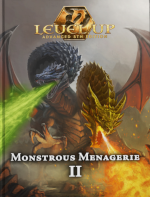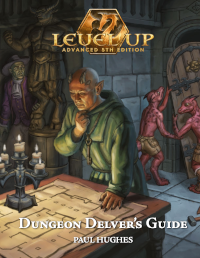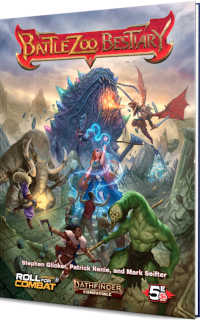Read Jeff Rients’ hilarious description of one of his best D&D sessions ever. You’ll notice it involves the PCs DECIDING, FOR NO GOOD REASON, THAT THEY NEED TO BE IN A PARADE.
Let me tell you about two of my best D&D sessions ever.
THE RATLING PLAY
I occasionally run a one-shot “ratling game”, where everyone plays anthropomorphic rats. By unspoken consent, everyone always makes wisdom their dump stat (or plays like it). It always devolves into lunacy.
On one occasion, the ratlings discovered that their home city did not pay proper reverence to Smidanoonan, the Rat God. Smidanoonan’s statue was (pointedly, they felt) absent from the row of statues on Godsbridge.
The ratlings decided they needed to construct a Rat God statue and stick it to the bridge with a dot of Sovereign Glue. For some reason they decided that they needed to do this WHILE PUTTING ON A PLAY. I think the play was part of a previous plan that was abandoned, but by then they’d already printed up the posters.
The session culminated with the performance of the play. The capstone of the entertainment was the raising of the statue to the bridge: the statue was too heavy for the ratlings to lift, so they decided they’d tie one end of a rope to the statue, the other end to a horse, and then get the horse to jump off the bridge.
I, the DM, was privately sure they would not be able to get the horse to jump off the bridge. I didn’t have enough faith in my players. At the critical moment of the play, one of the ratlings used a fear-based attack to spook the horse; another, a Beguiler, created an illusion of a green field off the side of the bridge. The horse jumped over the bridge’s rail and fell into the river, raising the statue of Smidanoonan to amaze and horrify the assembled human audience.
Not only did this game session involve no combat encounters, it involved almost no DM work at all. The magic was all due to the players taking the bit between their teeth and doing whatever the hell they wanted to do: I just handled some light adjudication.
THE GOD MACHINE
I was involved in another D&D play, this time as a PC. A troop of hobgoblins had captured the children of the village. When we tracked the hobgoblins to their lair, we discovered that the children actually liked the hobgoblins better than the villagers and didn’t want to go back! We DECIDED, FOR NO GOOD REASON, TO PUT ON A PLAY to win back the children.
I believe the hobgoblins put on a rival play, but I don’t remember it. I do remember that, as the wizard, I provided special effects and lighting. The rogue and paladin performed some impressive stagefighting: the play was a morality play about the battle between good and evil, and the outcome was decided by an actual combat between the players. (I think evil won.) Meanwhile, the dwarf, again FOR NO GOOD REASON, had built a device meant to shoot fireballs. (Maybe it was a stage set for Hell?) A few natural 1s on skill checks caused the device to backfire and incinerate the dwarf and several nearby PCs. I think that actually helped us win the play contest.
All these sessions – Jeff’s parade floats, and the two games I described – involve what can only be categorized as “antics”. Here’s what they all have in common:
- The players chose the goal.
- It was a bad goal (something not worth doing in the first place).
- Neither the DM nor the players had any plan beforehand: everything was improvised.
- Every game involved public performance by the PCs.
- Every game involved construction by the PCs.
- Every game ended in chaos and mayhem.
The above list is not necessarily a formula for how you should run every D&D session*, but it might be a reminder, for both DMs and players, that the DM doesn’t always need to lead. When the PCs decide they want to go off-course, they can lead the way to a Best Session Ever.
The horse passed his Swim check, by the way.
* Unless it is!

